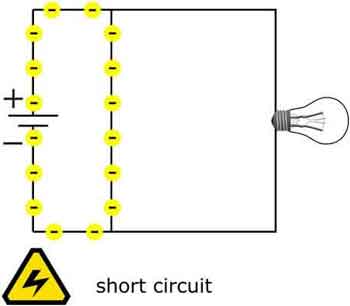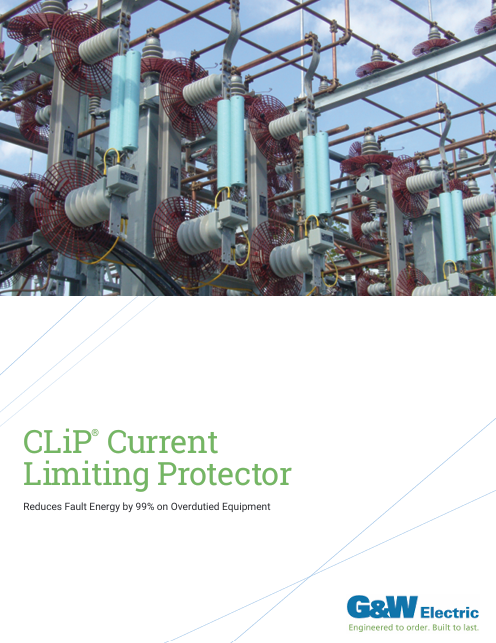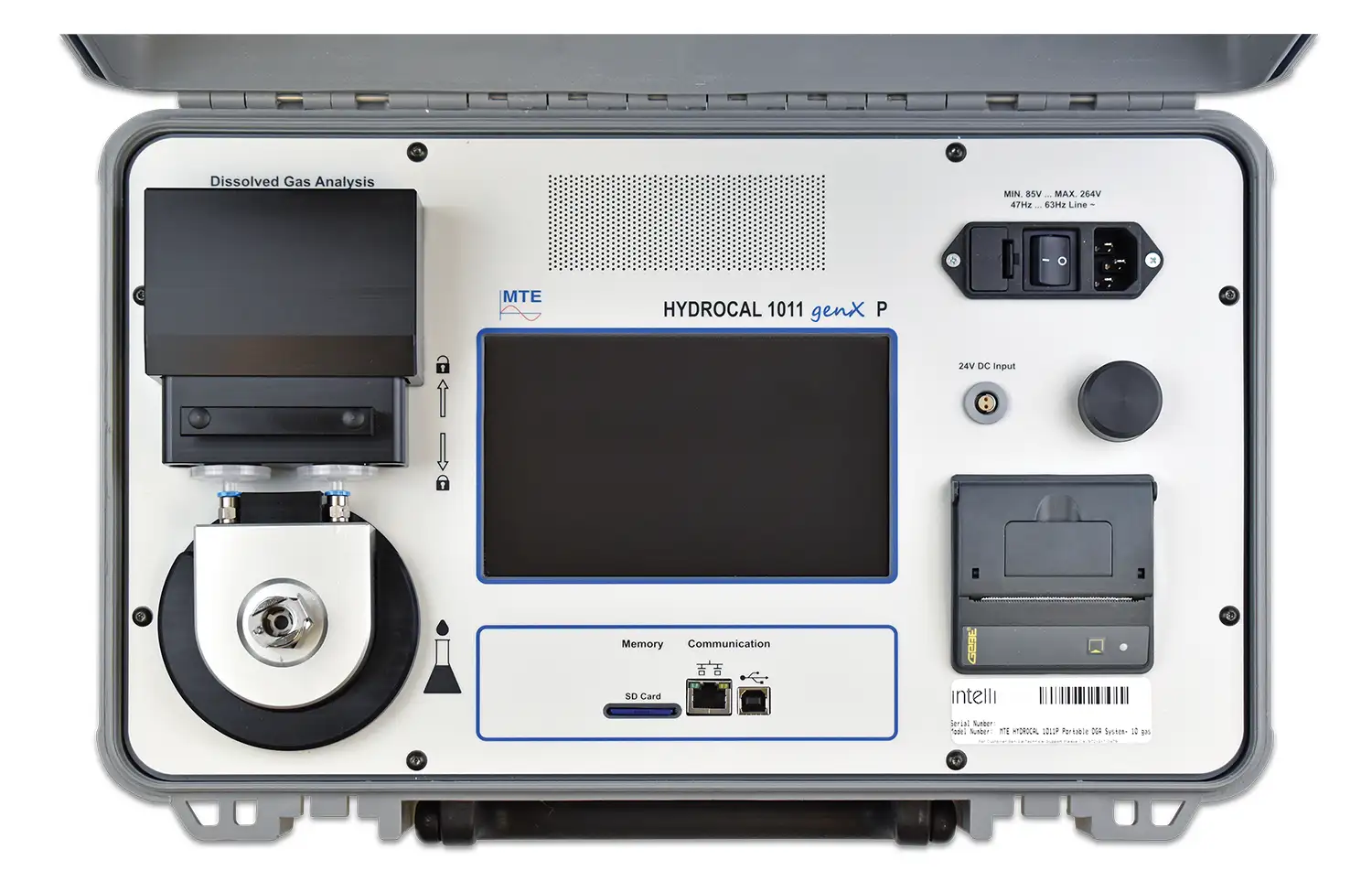100 Cal Arc Flash Suit: Electrical Protection
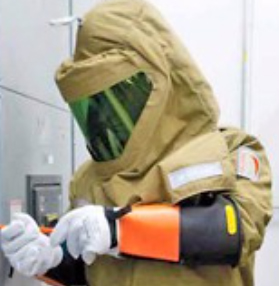
Arc Flash Training CSA Z462 - Electrical Safety Essentials
Our customized live online or in‑person group training can be delivered to your staff at your location.
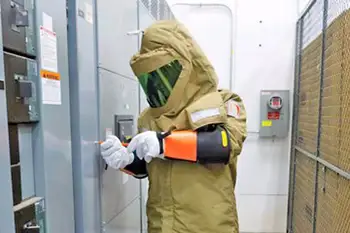
- Live Online
- 6 hours Instructor-led
- Group Training Available
Download Our NFPA 70E Fact Sheet – 2024 Electrical Safety Edition
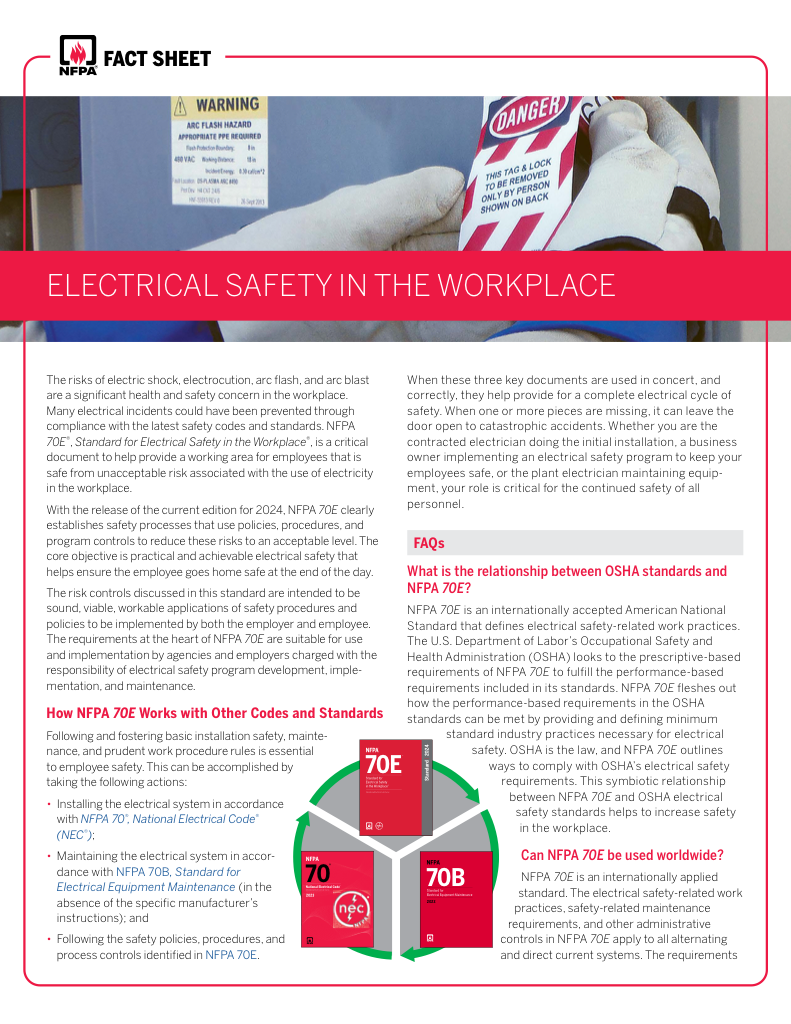
- Understand how NFPA 70E works with NEC and NFPA 70B standards
- Clarify the shared responsibility between employers and employees
- Learn how NFPA 70E supports OSHA compliance
A 100 cal arc flash suit provides maximum protection for electrical workers facing extreme incident energy. Designed for high-voltage switchgear and energized equipment, it meets NFPA 70E standards, ensures PPE compliance, and reduces risk in hazardous environments.
What is a 100 cal Arc Flash Suit?
A 100 cal/cm² arc flash suit is specialized arc flash clothing engineered to withstand the highest levels of thermal energy. Unlike standard PPE, this level of protection is reserved for environments where incident energy calculations exceed 40 cal/cm².
✅ Rated to withstand 100 cal/cm² incident energy, far beyond standard PPE levels.
✅ Required for extreme arc flash risk assessment scenarios in high-voltage environments.
✅ Meets NFPA 70E electrical safety standards, ensuring proper PPE selection and compliance.
A 100 cal arc flash suit is personal protective equipment designed to withstand thermal energy up to 100 cal/cm2, providing extreme protection against hazards. This level of PPE is used in rare, high-risk scenarios where incident energy levels exceed standard protection thresholds, such as high-voltage switchgear or fault-prone industrial systems.
Unlike standard PPE, a 100 cal suit offers multi-layered insulation, full-body coverage, and integrated head and face protection. These protective garments are essential in environments where calculations reveal incident energy above Category 4 levels, making them critical for safeguarding workers during energized equipment with high fault potential maintenance.
Request a Free Training Quotation
A 100 cal arc flash suit is essential PPE for extreme electrical work environments where incident energy exposure exceeds standard protection levels. These flame-retardant outfits are designed for tasks that fall beyond PPE Category 4, offering enhanced thermal protection from electrical arcs capable of generating life-threatening heat and pressure. When working on high-voltage equipment, especially in compliance with NFPA 70E, using gear rated for 100 cal/cm² ensures the highest level of electrical arc thermal protection available. This type of garment is most often required in substations, utility switchgear rooms, and heavy industrial facilities where calculated incident energy exceeds 40 cal/cm² by a significant margin. Choosing the right gear is not only about safety—it's about meeting regulatory standards while keeping workers alive. Explore the importance of selecting the correct gear with our comprehensive Arc Flash Safety Gear overview.
FREE EF Electrical Training Catalog
Download our FREE Electrical Training Catalog and explore a full range of expert-led electrical training courses.

- Live online and in-person courses available
- Real-time instruction with Q&A from industry experts
- Flexible scheduling for your convenience
What Sets a 100 cal Arc Flash Suit Apart?
Compared to a 40 cal arc flash suit, the 100 cal suit provides more than double the incident energy protection. These garments are heavier, multi-layered, and often include built-in ventilation fans to reduce heat stress. Workers in extremely high-risk facilities rely on these suits when arc flash risk assessments confirm that lower-rated PPE would not be adequate.
Here’s what makes these outfits distinct:
-
High Energy Rating: Certified to resist up to 100 calories per square centimetre of incident energy.
-
Multi-layer Design: Built with multiple layers of flame-resistant fabric and thermal barriers.
-
Integrated Face and Respiratory Protection: Some include arc-rated hoods with ventilation fans and anti-fog face shields.
-
Durability Under Stress: Designed for real-world use in heavy-duty conditions.
For deeper context, see our full overview of Arc Flash Clothing.
When Do You Need a 100 cal Arc Flash Suit?
This level of PPE is not for routine tasks. It is required only when arc flash studies show incident energy levels beyond 40 cal/cm². Common scenarios include:
-
High-voltage equipment at 15kV or greater
-
Substations with large transformer banks
-
Maintenance in fault-prone industrial systems
-
Environments with arc flash boundaries that exceed safe approach distances
Understand the methodology with our guide to 7 Steps to Arc Flash Analysis.
Critical Features to Look For
Choosing the right 100 cal PPE means balancing maximum protection with usability. Look for:
-
Aramid or modacrylic fabric blends for thermal endurance
-
Wide-view, anti-fog face shields
-
Front-zip and integrated glove designs for quick donning/doffing
-
Internal cooling or ventilation for long-duration tasks
Compare protection levels and performance in our detailed Arc Flash Safety Gear resource.
Safety Beyond the Garment: Training and Testing
Even the best PPE is only effective when paired with proper training and a thorough hazard analysis. Employers should invest in NFPA 70E Training so workers understand when high-calorie PPE is required and how to safely operate around energized electrical equipment.
Improper use or lack of training can still result in devastating arc flash accidents.
Final Thoughts
A 100 cal arc flash suit represents the last line of defence for workers in the most hazardous electrical environments. It is not everyday gear—it’s mission-critical PPE for life-threatening scenarios. Selecting, maintaining, and properly training workers to use this suit ensures compliance with OSHA, NFPA 70E, and CSA Z462 standards.
For a full understanding of workplace hazards, explore our Arc Flash Risk Assessment guide.
Related Articles:
Explore our Arc Flash Training Programs or contact us to Request a Free Training Quotation for group safety sessions and PPE consultation.





